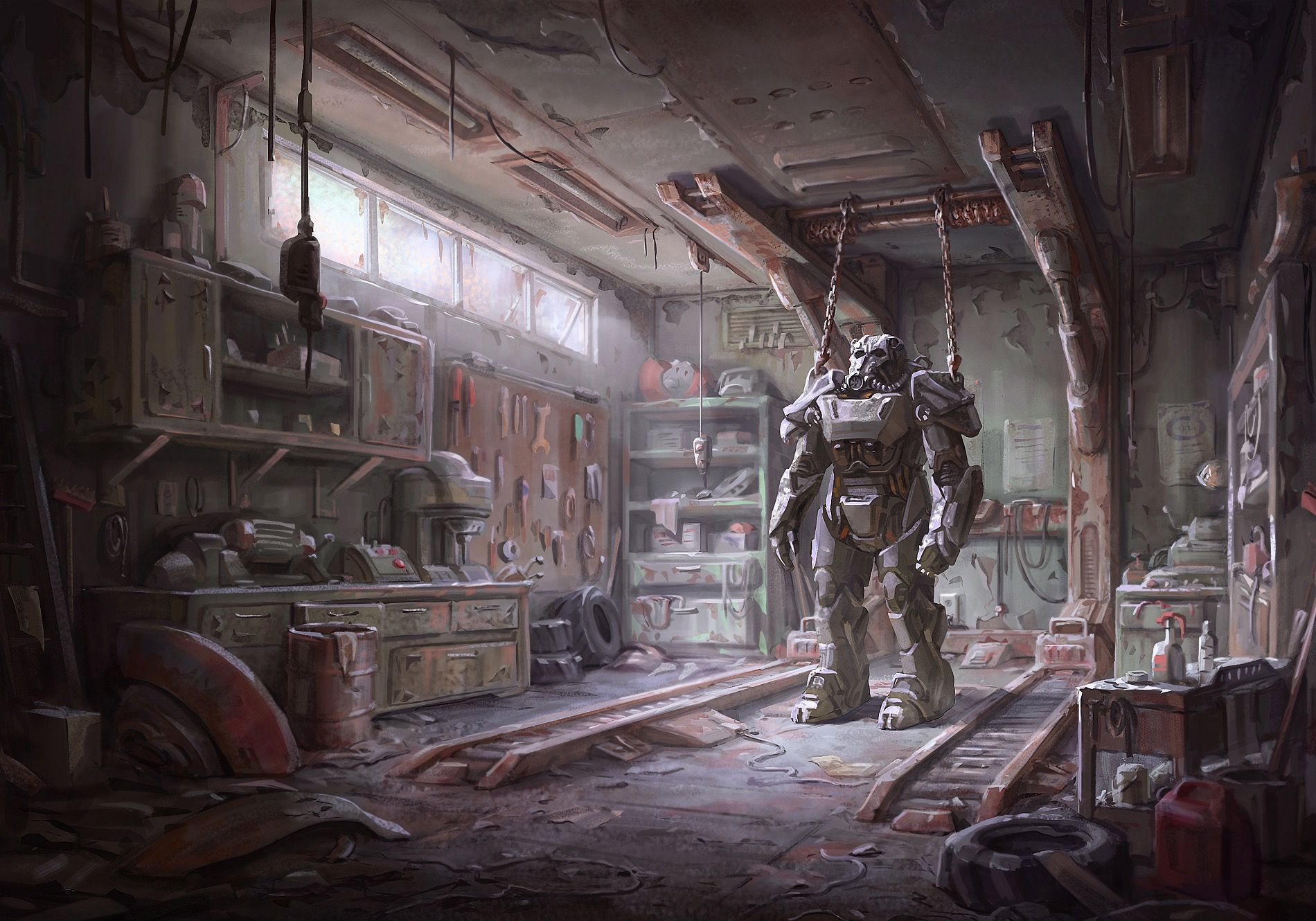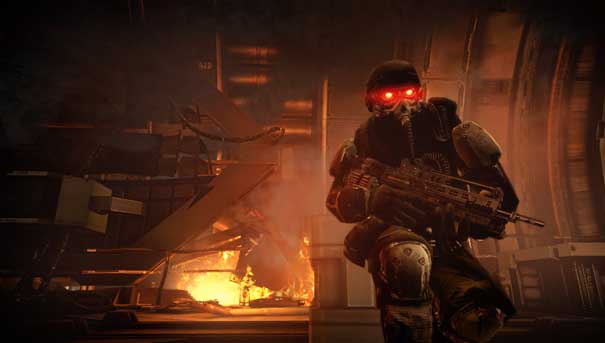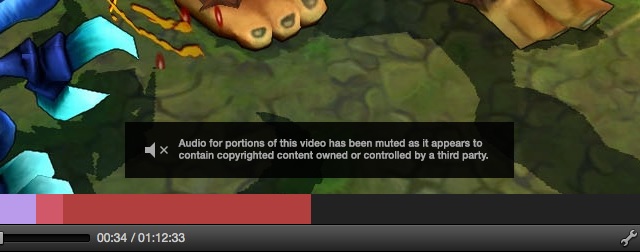

The truest form of quality measurement for any Civilization game is astonishingly simple: how many hours of the day disappear during each game you play? It’s a scale of addiction, and Civilization V is extremely addictive. Civilization players can be recognized by the bags under their eyes, but that’s only if they’ve managed to leave the refuge of their computer in the first place.
As with any addiction though, there’s an amount of remorse associated with the time you’ve lost. Considering that, Civilization as a franchise loses some of its glamor. There are aspects of the games that aren’t worth spending so much time on, or could have been more enjoyably appropriated.
Civilization V however, includes multiple dramatic changes that have been made to the Civilization formula. Don’t let that fool you though; this game is absolutely Civilization. Build a budding empire with flourishing cities, a dominant military and thriving culture turn by turn. Each small decision can have a widespread effect on your economy or in diplomacy. Civilization V is elaborately complex, but also wonderfully intuitive. Will Civilization V leave you remorseful for the time you’ve spent, though? Read on for my full review of Civilization V to find out.
Initially, the most noticeable upgrade to Civilization V is the graphical improvements. Civilization IV players may load up the game and see a large number of similarities and shared assets, but most players will be astonished at how much of a change has been made. It’s bewildering considering that Civilization has grown from small square tiles that represent each city and unit, into this gorgeously animated and lush world.
Particularly well done are the wilderness, resource and resource upgrade tiles. Prior games in the series tended to allow their tiles to fade into the background, preferring to keep each tile unobtrusive and ordinary. Civilization V let’s these tiles stand out, as if each tile were designed individually. It’s quite engrossing, if you don’t consider units taller than a skyscraper to be disconcerting.
What has likely caused much of the impressive new graphical detail is Civilization‘s change into hexagonal, six-sided tiles. The lack of right angles allows so much more freedom in design, creating a astoundingly organic visual style. Gone are simple lines that go straight, backwards or to the right or left. They’re replaced by wavering borders, farm-lines that stretch over a wide area like woven fabric, and cities that spill out into adjacent tiles when the confines of their hex is not enough. It really does look and feel perfect.
The true beauty of Civilization V lies deeper than the hex though. Some creative changes have been made to the systems that are innate to Civilization. No longer are there religions or government systems; Espionage is nowhere to be found either. While these sacrifices are saddening, their removal has made way for a more streamlined experience. Their presence was always in the background of prior Civilizations, and Civilization V wants all of their systems to be apparent, active and almost certainly in use.
Instead of religion or government we have the new and improved culture system. As you gain culture levels, you can invest points into different social policies. Each conforms to different playstyles such as rapid expansion, naval warfare or diplomacy. Much like the other improved systems in Civilization V, the culture system feels better integrated into gameplay. Culture is a measurable currency and you can see the rate in which you earn it climb and drop with every decision you make. So while it’s still just a method of adding statistical advantages into certain areas of your gameplay, it feels deeply ingrained in the growth of your civilization as well.
Another new addition to the game is the City-State. A City-State is much like an opposing player, only they’re limited to a single city and have much kinder diplomatic options. Where opposing factions can cancel a treaty and declare war on you within two turns, a City-State has a quantifiable friendship meter. You can increase this via gold or donating military units to them, but it will naturally degrade over time. Having a purchasable ally at times can be helpful, but the opposite is also true. Enemies who persuade nearby City-States to their side are quite troublesome.
What’s so amazing is how, despite the sweeping changes in Civilization V, Firaxis has manages to integrate them into the game in a very accessible and intuitive manner. Managing the development of your cities while simultaneously fighting wars on multiple fronts, or micromanaging food production without forgetting about maintaining your culture and technology upgrades has never been so simple. Don’t let that throw you off though, Civilization V is both deviously complex and amazingly friendly. After some tutorials, any player can jump in and have a great time, but expert players can spend hours tuning their Civilizations appropriately.
Continue to part two of our Civilization 5 Review!
Continued:
« 1 2 »




 Dark Souls 2 Enemies Guide - Part 2
Dark Souls 2 Enemies Guide - Part 2 Catherine Walkthrough
Catherine Walkthrough 5 Fascinating Sites for Watching Language Evolve
5 Fascinating Sites for Watching Language Evolve Is Hitbox The Twitch Alternative For You?
Is Hitbox The Twitch Alternative For You? Destiny PS Vita Remote Play Controls
Destiny PS Vita Remote Play Controls